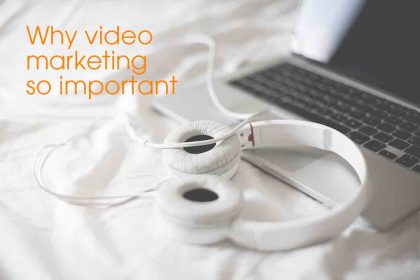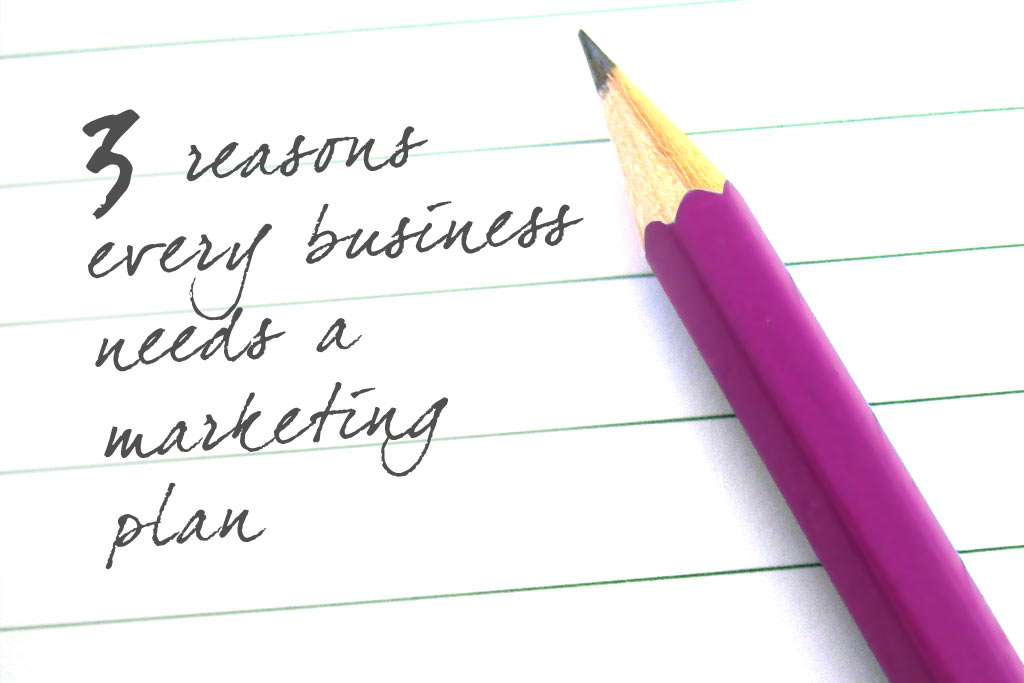Five simple rules for writing copy that SELLS
Need to write convincing sales copy for your business, but can’t afford a copywriter? Learn five simple rules for writing copy that sells.
Over the last 20 years I have worked as a copywriter for some of the world’s biggest advertising agencies and brands. I have created multi-award-winning campaigns, and my copy has helped companies earn thousands, if not millions of pounds and dollars in sales.
And much of that success comes down to knowing and implementing a few simple sales copy rules.
Five simple rules for writing copy that sells
For companies trying to enhance their sales and marketing initiatives, a copywriting service might be beneficial. The ability to perfect copywriting demands practice and technical knowledge. However, if you are determined to create your own copy, there are some simple rules you can follow to improve your writing.
Now, I will share five of these rules with you to help you improve your sales copy until you can hire an in-house copywriter or service.
1) It’s all about YOU
If you only take one lesson from this article, it should be this one: get in as many ‘you’s as possible.
Why? Because brilliant selling copy doesn’t talk ‘at’ people, it talks to you. It needs to engage, connect, empathise with and convince you. And if your copy is all me, me, me, you’ll fail to achieve any of these things.
Here’s a quick example of what I mean:
- We wanted to make pies our family loved. So we mixed our favourite ingredients and baked our pies at just the right temperature to make our pastry crispy. We’re delighted with the results.
- If you love pies, you’ll find it impossible to resist ours. We bake them with love using your favourite ingredients – at just the right temperature to make the pastry crispy. Try them, you won’t be disappointed!
Which company’s pies are you more likely to try?
So next time you write sales copy (or any copy for your business), remember this simple but oh-so-important rule. Try to make your copy as engaging as possible, and once it’s written read through it again and see if you can spot any opportunities to swap a ‘we’ with a ‘you’.
2) Know what your customer wants
One of the most important rules of writing copy that sells doesn’t involve writing at all. It’s about knowing.
You see before you can write convincing sales copy, you need to know exactly what your ideal customer wants. If you don’t, there’s a pretty good chance that your copy will miss the mark and fail to convince them to buy.
So what precisely do you need to know? Here are some questions you need to know the answer to:
- Who is your target audience?
- What problem do you want to solve for them?
- How do you solve it?
- What makes what you do unique?
With this knowledge you can confidently write sales copy that will connect with the right audience, and help to convince them to buy.
3) Keep your copy short
It’s easy to get carried away with copy and think you need to include every tiny detail to convince a buyer. But you don’t.
Potential customers don’t want to know every last detail about what you do – they just want to know about the bits that matter to them. And if you’ve done your homework from rule number two, you’ll know exactly what that is.
When writing sales copy, stick closely to your customer’s problem – and your solution. You might want to structure your copy like this:
- Outline the problem
- Introduce the solution
- Explain how the solution works
- Highlight what makes you unique – your USP
- Offer proof (testimonials or results)
- Reiterate the problem/solution
- End with a call to action
Make sure you’re as brief as possible. If you waffle on (however interesting and witty you may think you’re being) you’ll lose people.
One easy way to make sure you don’t over-write, is to take a draft of sales copy that you’re happy with, then halve the word count. Yes it’s tough to do, but it helps you assess what really needs to stay in, and weed out any over-flowery descriptions.
4) It’s all about the beginning and the end
Do you you know what is the most looked-at part of a traditional sales letter or email? You may not be surprised to discover it’s the headline. But what about the second most looked-at part?
Not many people realise that the P.S. – that throwaway line at the end of your letter or email (if you even add one) – is one of your most important sales tools.
So when writing sales copy, make sure you properly consider your headline and P.S. (or call to action – more of that in a moment).
It’s usually best to tackle these last, once you’re happy with the rest of your copy. Then write down a few options to see which ones look best. (Need help? Learn the secret of writing powerful headlines here.)
Don’t overlook your subheads either. Many people scan copy before deciding whether it warrants their proper attention. So make sure you break your copy up with subheads that help to tell your story/sales pitch.
And when you get to your P.S., or call to action at the end, ensure it’s irresistible with plenty of active language, and includes a time limit on any offers. This gives readers a reason to act NOW, and not file your offer away for later – only to forget.
5) ALWAYS add a call to action
One of the biggest mistakes so many businesses make in their sales copy is to forget to include a call to action. Or write such a bad one that they may as well have not bothered!
It doesn’t matter how convincing the rest of your copy is, if you don’t tell your audience what to do next, you won’t get a single purchase.
So once your copy is crafted, think what you want people to do, and tell them how to do it. And whether you want them to to click on a link to a sales page, or call or visit you, give them all the information they need to do it, such as a website address (or active link), telephone number or actual address.
Don’t assume they already know these details, or will go to the effort of finding them. Instead make it as easy as possible for them to act NOW, and make sure your copy backs this up with a compelling reason for doing so.
Here are a few examples of calls to action:
- Visit <URL> now and download your free guide to writing a press release.
- Bored of your blocked sink? Call us on <number> now and we’ll unblock it within an hour.
- Want to try the town’s best cookies? Drop by our bakery at <address> for a free sample.
Spend time on your copy and get it RIGHT
Your sales copy could be worth a fortune to you, so it’s worth spending the time to get it right. Then, once you’re happy with it, put it aside and go and do something else. And return later to proof read.
Why take a break? With a fresh set of eyes you’ll find it easier to spot any spelling mistakes or simple errors. You’ll also have a more critical perspective, and be better able to judge whether you’ve got the tone and content right.
Then, once you’re finally happy with it, you’re ready to send it out – and wait for the sales to come in.
Need more copywriting tips?
You’ll find more copywriting advice in these articles:










